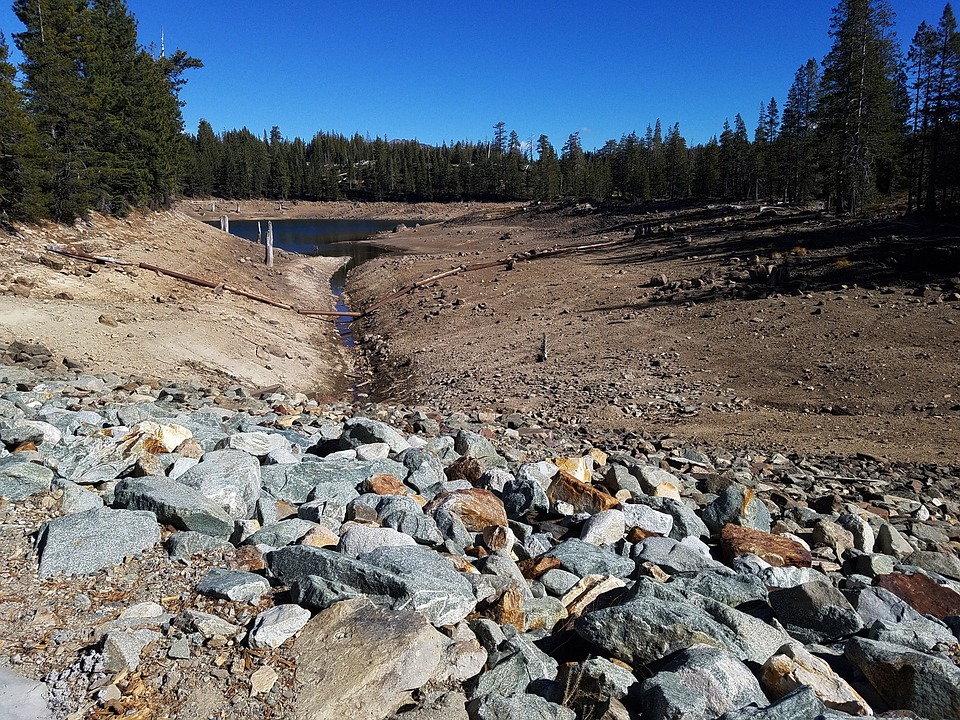Rising Temperatures
One of the most obvious pieces of evidence for global warming is the rise in global temperatures. According to NASA, the Earth’s average surface temperature has risen by about 1.2 degrees Fahrenheit since the late 19th century. This warming trend is largely attributed to human activities, such as the burning of fossil fuels and deforestation, which release greenhouse gases into the atmosphere.
Melting Ice Caps
Another clear sign of global warming is the rapid melting of ice caps and glaciers around the world. The Arctic region is particularly vulnerable to rising temperatures, with ice cover shrinking at an alarming rate. This not only contributes to rising sea levels but also has a profound impact on wildlife and ecosystems that depend on ice for survival.
Extreme Weather Events
Global warming is also linked to an increase in extreme weather events, such as hurricanes, droughts, and heatwaves. These events are becoming more frequent and severe, causing widespread destruction and loss of life. While no single weather event can be directly attributed to climate change, the overall trend towards more extreme weather is a clear indication of a warming planet.
Ocean Acidification
As carbon dioxide levels in the atmosphere rise, a significant portion of this gas is absorbed by the world’s oceans. This leads to ocean acidification, which has serious consequences for marine life, particularly coral reefs and shellfish. The acidification of oceans is a direct result of human-induced climate change and is a key indicator of global warming.
Shrinking Polar Ice Caps
Both the Arctic and Antarctic regions are experiencing significant reductions in their ice caps, with the Arctic sea ice reaching its lowest extent on record. The melting of polar ice caps not only contributes to rising sea levels but also has far-reaching implications for global weather patterns and ecosystems. This phenomenon is a clear sign of the impact of global warming on the Earth’s climate system.

Kyle Whyte is a notable scholar and professor at the University of Michigan, holding positions such as the George Willis Pack Professor in the School for Environment and Sustainability and Professor of Philosophy. Specializing in environmental justice, his work critically examines climate policy and Indigenous peoples’ ethics, emphasizing the nexus between cooperative scientific endeavors and Indigenous justice. As an enrolled Citizen Potawatomi Nation member, he brings a vital perspective to his roles as a U.S. Science Envoy and member of the White House Environmental Justice Advisory Council. His influential research is supported by various prestigious organizations including the National Science Foundation, and disseminated through publications in high-impact journals. Kyle actively contributes to global Indigenous research methodologies and education, with affiliations to numerous institutes and societies dedicated to traditional knowledge and sustainability. Recognized for his academic and community engagement, Kyle has earned multiple awards and served in various visiting professorships. His efforts extend to leadership positions on boards and committees focused on environmental justice nationwide.
